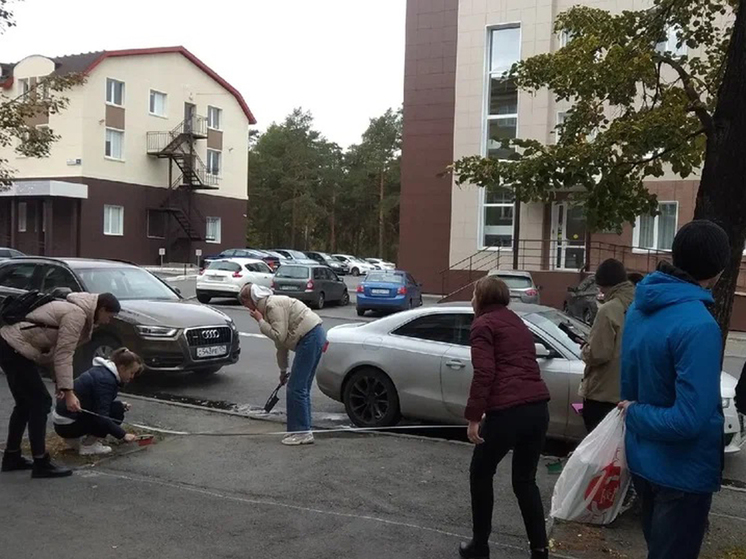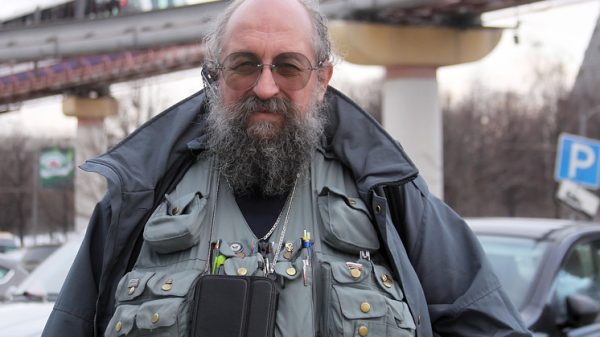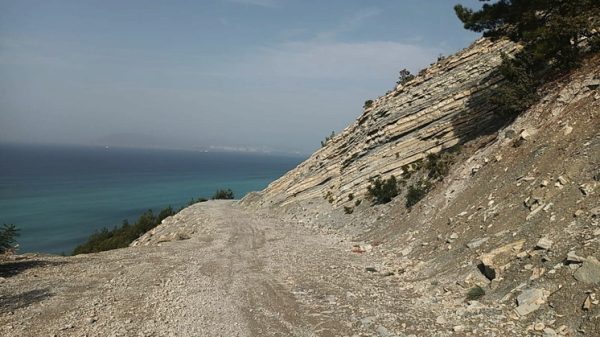In Chelyabinsk, thanks to ecologists, a long-standing dispute between industrialists and transport workers was resolved
The world's first comprehensive study of the content of rare earth elements in the soils and dust of a large industrial city was carried out by ecologists from the Institute of Natural and Exact Sciences of the South Ural State University. One of the scientists’ goals was to identify the main source of substances harmful to the health of city residents. The result was published in the international journal Chemosphere.
 This is how scientists and students collected street dust for research on rare earth elements. Photo: SUSU.
This is how scientists and students collected street dust for research on rare earth elements. Photo: SUSU.
Research on rare earth elements (REE) in urban soils of industrial cities in Russia is extremely limited. When it comes to identifying sources, it is often not possible to find them: industrialists point to urban transport, transport companies – on industrialists and thermal power plants and in general on Mother Nature. SUSU scientists, with the support of the Russian Ministry of Education and Science, decided to help city residents understand this difficult issue.
Chelyabinsk was chosen as the object of study, where many different metallurgical enterprises are concentrated, producing a large number of grades of steel and ferroalloys.
There are also potential natural sources of rare earth elements, since the city is located on the border of granites and sedimentary rocks of the Urals and Western Siberia.
How, given this state of affairs, including the potential contribution of the metropolis’s transport highways and numerous thermal power plants, can we find who is sinning the most with harmful emissions? As special “tags” decided to use the rare earth elements themselves, which are concentrated in the upper soil layer, no deeper than 20 centimeters, and dust.
First, scientists, together with university students, collected a large volume of soil samples in different areas of the city: in courtyards, parks, along roads and near industrial facilities.
There was almost the entire list of rare earth elements from the periodic table, but, fortunately, within acceptable limits. In descending order of concentrations they found: cesium, lanthanum, neodymium, praseodymium, samarium, gadolinium, dysprosium, erbium, ytterbium, europium, terbium, holmium, thulium and lutetium.
It is curious that the average concentrations in soils , collected in courtyards, turned out to be the largest, which can be explained by poor cleaning of courtyards, in which, for example, harmful substances that have penetrated into the ground are sealed under a layer of foliage.
But when they conducted a dust study — along roadsides, on sidewalks, in the same courtyards, and compared it by the REE content in factory dust collected by students right near the entrances, it became clear where the wind was blowing… In the samples, fractions of heavy and light rare earth metals were isolated and compared with the reference content them in the slate mountains of Europe.

– We showed that in Chelyabinsk the largest amount of rare earth elements is emitted at the electrometallurgical plant and the zinc production plant, – comments «MK» result Olga Rakova.
In this study, scientists also looked at the risks of the harmful effects of REE on the health of city residents.
– There are no MPCs as such either for dust or for soil, – comments one of the authors of the work, associate professor Tatyana Krupnova. – But we looked at rare earth concentrations in aggregate and calculated the risk to human health. Fortunately, the expected daily supply of such substances to soils turned out to be below safety thresholds for children and adults. However the problem exists, and it needs to be solved.
In order to prevent and prevent social tension associated with possible environmental harm from increasing emissions of REE, scientists advised the use of phytoremediation technologies (a set of methods for treating wastewater and soil and atmospheric air using green plants), smart landscaping of industrial and residential areas, more thorough cleaning of fallen leaves and road dust. Environmentalists also recommended moving the most dangerous production processes outside the urban area.























































Свежие комментарии